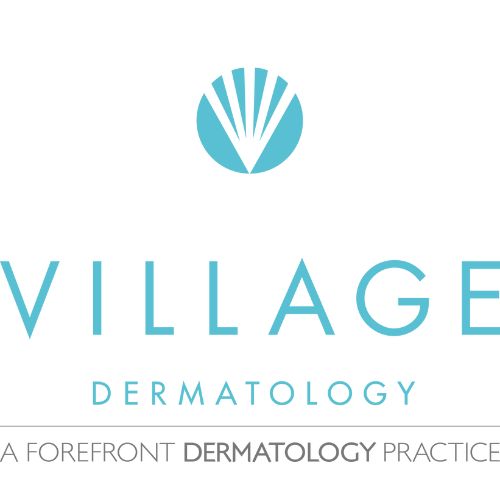Fitzpatrick scale of skin – Why is it important to know before laser treatment?
Many individuals choose to use non-invasive procedures to enhance or correct some part of their body or appearance. According to the ASPS, there were almost 16 million minimally invasive procedures in the US in 2018.
The number is increasing every year because the availability of these procedures is growing at an exponential rate, which is great. However, you need to understand the importance of your skin type and how it relates to some of these procedures, especially laser treatments. There are certain factors that are required to be considered before undergoing a laser procedure that you and your provider must be aware of before proceeding with any type of laser treatment.
What is your skin type?
Typically, you would have heard three skin types, oily, sensitive, and dry. But these are not the actual skin types. When a medical dermatology professional assesses your skin, they use a classification called the Fitzpatrick scale of skin. The Fitzpatrick scale was developed by an American dermatologist named Thomas Fitzpatrick, and if you are planning a laser treatment, it is essential to know the skin type you have.
What is behind the color of the skin?
Typically, one’s skin color is derived genetically through their parents. Children with fair parents have fair skin tones. It is the same for darker colored skin. While the actual skin tone of an individual can be affected by many factors, it is melanin that plays the most significant part in determining our skin color. Our skin, when exposed to the sun, produces a pigment for its protection called melanin. It offers protection to the skin from sun damage and harmful UV rays.
Why is it important to know?
The reason you need to understand your skin type, in regards to lasers, is that if a laser is applied to darker skin, it can actually have a negative effect on it. The negative impact usually comes in the form of hypopigmentation or hyperpigmentation. This essentially means that your melanin will either slow down (or stop) melanin production or, conversely, increase melanin production.
Until recently, there really has not been good options for darker skin tones seeking laser treatments of any kind due to this risk. However, there has been advancements made recently, and we have several options here at Village Dermatology for darker skin toned patients seeking treatment. The optimal way to find out if you are a candidate is to call and schedule a consultation.
The best method to know
The Fitzpatrick scale is a universally chosen scale by dermatologists to classify the skin type of patients before giving them any skin treatment. The scale classifies skin in six types based on the color, sun damage, and how your skin responds to the sun. These six skin types are-
- Type 1– The people with type 1 skin have ivory or almost white skin, which always freckles and always burns and peel but never gets any tanning. They usually have light blue, light green, or light gray eyes with red or light blonde hair.
- Type 2– People with type 2 skin have fair or pale skin, which usually freckles and often burns and peels but rarely gets any tanning. They have blue, green, or gray eyes with blonde hair.
- Type 3– People with Type 3 skin are fair to beige colored with golden undertones, which sometimes burn and also tans. They have light brown or hazel eyes with dark blonde or light brown hair.
- Type 4– These people have olive or light brown skin color, which tans uniformly and rarely burns. They have dark brown eyes and hair.
- Type 5– These people have a darker shade of brown skin but not very dark. They always tan but never burns and very rarely have any freckles. Their eye and hair color ranges from dark brown to black.
- Type 6– The skin color is a very dark brown or the darkest shade of brown, as you can say, which never really freckles or burns but always tans. The eye and hair color is black.
From the list above, you may be able to determine which one you belong to or your dermatology clinic can help you out before weighing your treatment options. It is vital to understand what kinds of laser treatments are available for which skin type, so you can play a part in your healthcare and aesthetic journey.
Summary
There are a lot of laser treatments available for a myriad skin problems. They are popular because they are safe and effective. But your skin type plays a very important in determining which treatment you should opt for to reach your goals. If you have darker skin, it is advisable to choose your treatment in partnership with an expert dermatology practice and after knowing every aspect of the possible side effects and the healing time. Visit Village Dermatology to find out your skin type and then only opt for the best treatment suited for your skin type.
Fill out the form below to schedule your consultation with our dermatology team
"*" indicates required fields


